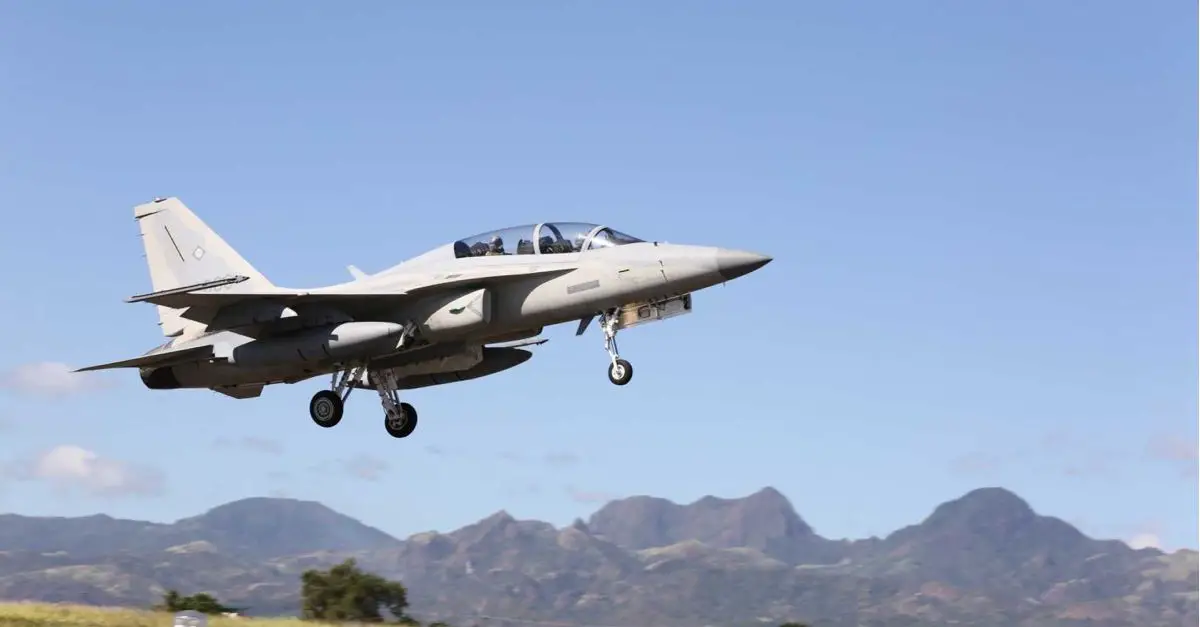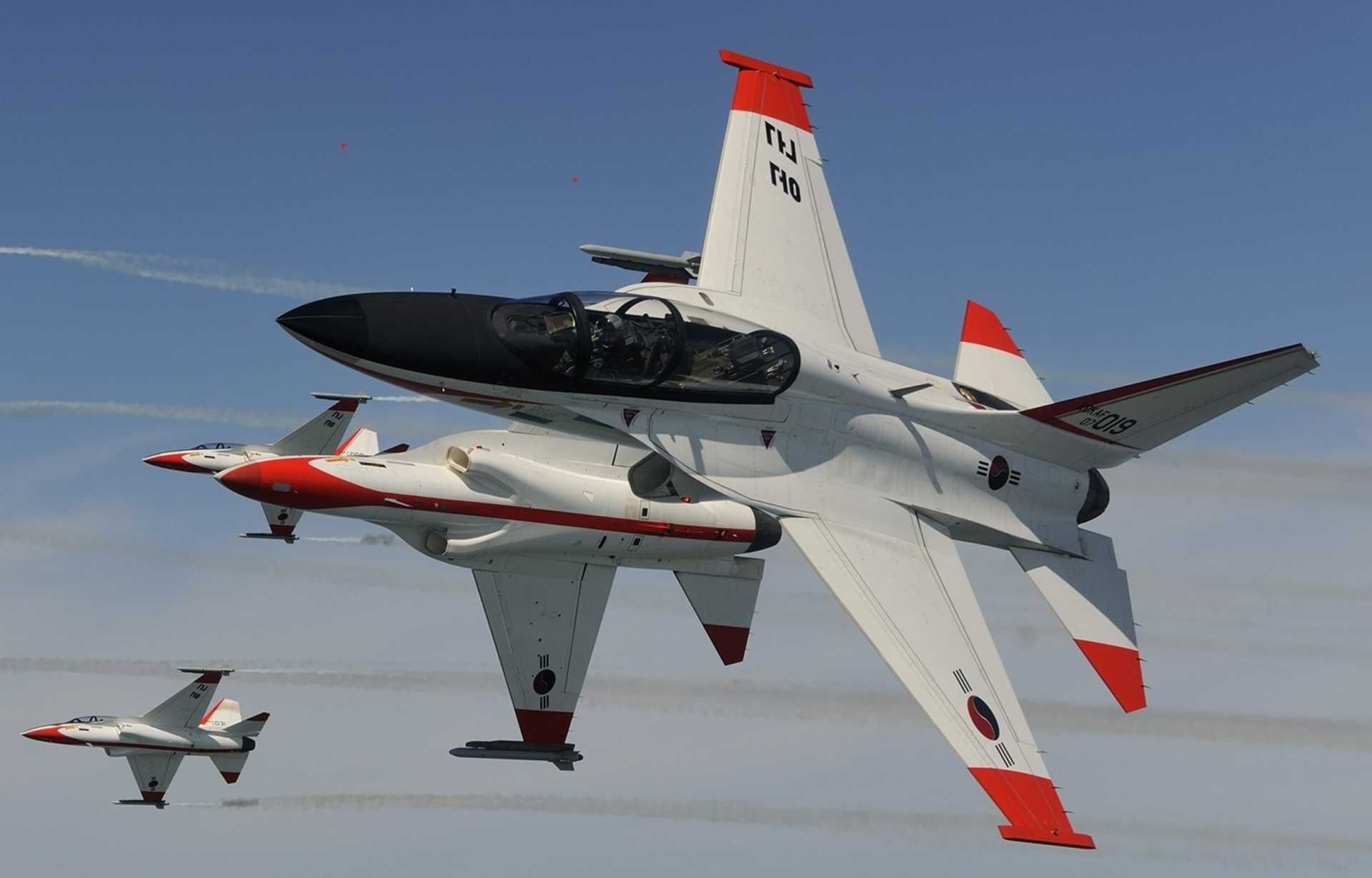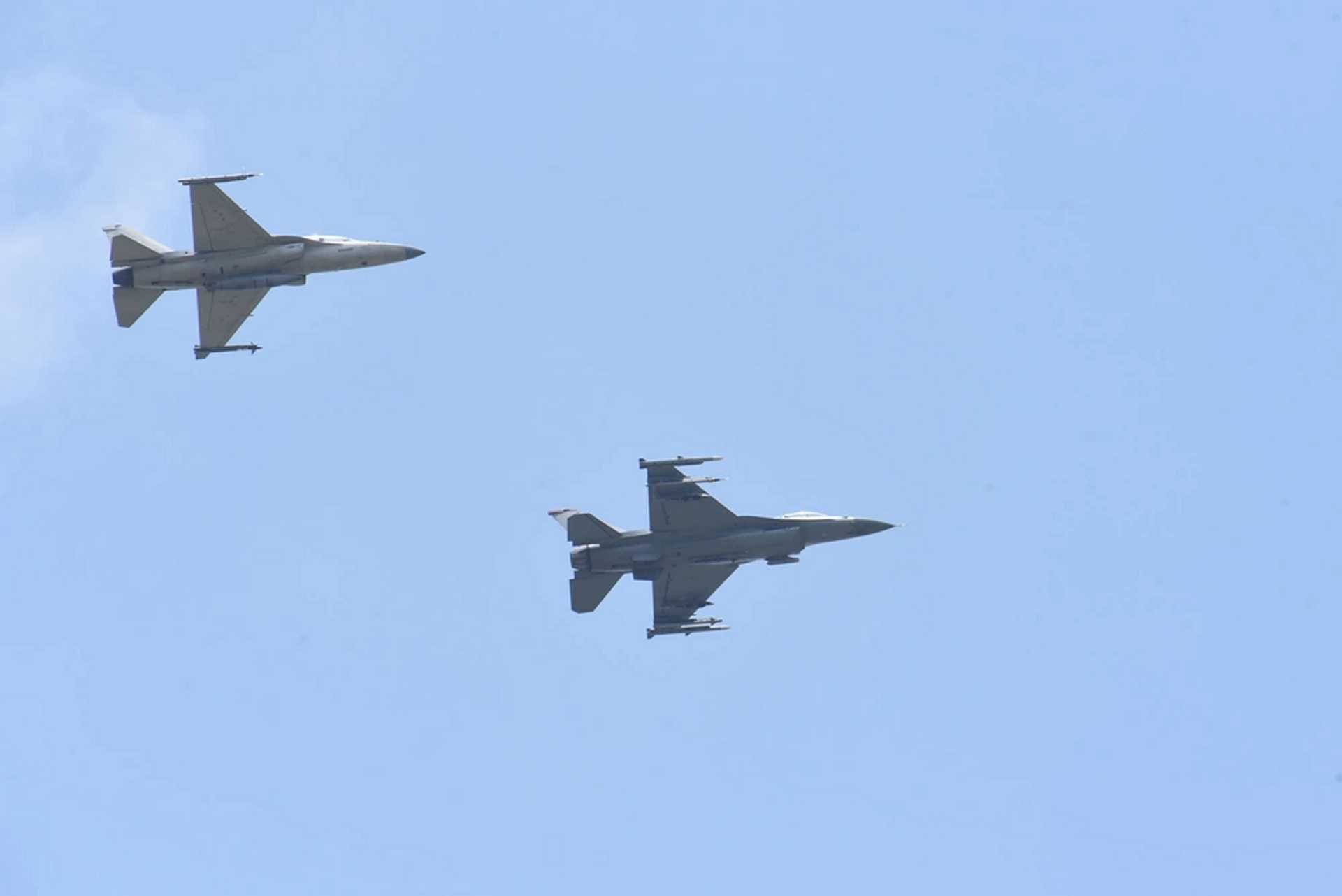Breaking News
Philippine Air Force to create a second fighter squadron with 12 new South Korean FA-50 Block 20 light attack aircraft.
As reported by Max Montero on January 15, 2025, the Philippine Department of National Defense (DND) has confirmed the acquisition of 12 additional FA-50 Block 20 Fighting Eagle light attack aircraft from Korea Aerospace Industries (KAI) as part of the Re-Horizon 3 program. Valued at approximately $680 million, this government-to-government (G2G) project is intended to establish a second squadron for the Philippine Air Force (PAF). The Terms of Reference for the acquisition are nearing finalization, with the contract expected to be concluded in the first half of 2025.
Follow Army Recognition on Google News at this link

Valued at approximately $680 million, this purchase of twelve additional FA-50PH light attack aircraft is intended to establish a second squadron for the Philippine Air Force. (Picture source: PAF)
Simultaneously, the DND is upgrading its existing fleet of FA-50PH aircraft through a separate Re-Horizon 3 initiative worth approximately $95.4 million. This program consists of four project lots at various stages of procurement and will include enhancements facilitated through the United States Foreign Military Sales (FMS) system. These efforts align with the PAF’s Flight Plan 2028, which outlines the modernization of its aerial capabilities.
The FA-50 is a derivative of the T-50 Golden Eagle, South Korea’s first supersonic trainer aircraft, developed in the late 1990s in collaboration with Lockheed Martin. First introduced in 2002, the T-50 evolved into combat-capable variants, including the TA-50 and FA-50. The FA-50, which has been operational since 2005, has been adopted by several nations for roles such as air defense, light attack, and advanced training.
The FA-50 features a tandem-seat configuration, digital fly-by-wire systems, and a General Electric F404-GE-102 turbofan engine, enabling a maximum speed of Mach 1.5 and an operational ceiling of 14.8 kilometers. It has a maximum takeoff weight of 12,000 kg and can carry various air-to-air and air-to-ground munitions. Its design incorporates elements from the F-16 Fighting Falcon, offering a compact airframe with multi-role capabilities. The FA-50 Block 20 variant includes upgrades such as integration with the Taurus KEPD 350K-2 cruise missile, which has a strike range of 500 to 800 kilometers. It is also equipped with an inflight refueling capability via a telescopic probe system developed by Cobham Mission Systems, enhancing its operational range and mission scope.

The FA-50 is a derivative of the T-50 Golden Eagle, South Korea’s first supersonic trainer aircraft, which later evolved into combat-capable variants, including the TA-50 and FA-50. (Picture source: KAI)
The aircraft’s aerodynamic design features radar cross-section reduction through an S-shaped engine intake, a blended wing-body structure, and lightweight composite materials. It is equipped with the EL/M-2032 radar and can deploy AIM-9 short-range air-to-air missiles, AGM-65 air-to-ground missiles, and precision-guided munitions like the Joint Direct Attack Munition (JDAM). Upgrades to the aircraft include compatibility with the Taurus KEPD 350K-2 missile and additional systems for improved targeting and network-centric operations. Additionally, in October 2024, South Korea unveiled a new supersonic air-to-surface missile specifically created for domestic fighter jets such as the FA-50 and the KF-21 Boromae.
Future upgrades to the FA-50 are planned to include active electronically scanned array (AESA) radar systems, beyond-visual-range missile integration, and enhanced electronic warfare capabilities. These upgrades are expected to include radar warning receivers, countermeasure systems, and increased payload capacity, adapting the aircraft to evolving operational requirements.
The T-50/FA-50 platform provides supersonic performance through its afterburner-equipped engine, offering acceleration and climb rates superior to subsonic trainers like the M-346. The aircraft achieves a sustained turn rate of 14.5°/s at 15,000 feet, comparable to the F-16, though its maneuverability at higher speeds is less than that of the F-16. Below Mach 0.5, the M-346 demonstrates better maneuverability, but the T-50/FA-50 performs favorably in air combat scenarios occurring between Mach 0.5 and Mach 1.2. Unlike the M-346, which lacks an afterburner and has limited high-altitude performance, the T-50/FA-50 benefits from advanced avionics and radar systems.
The T-50/FA-50 is also compared to other trainer aircraft such as the British Hawk and Italian M-346. The Hawk, while widely used for training, is subsonic and has been retired by South Korea. The M-346 can achieve Mach 1.15 in a dive but remains subsonic in level flight. The T-50/FA-50, with its supersonic capability and multi-role design, is more versatile for both training and combat missions.

The FA-50 achieves a sustained turn rate of 14.5°/s at 15,000 feet, comparable to the F-16, though its maneuverability at higher speeds is less than that of the F-16. (Picture source: US DoD)
The T-50’s structural lifespan is 10,000 flight hours, extendable to 16,668 hours with modifications costing 10 billion won (~$6,900). Its airframe is constructed from aluminum alloys, titanium, and composite materials, with a wing area of 92% of that of the F-16, as well as a weight of 77% and an engine output of 60%. The T-50/FA-50 can operate at a life cycle cost of 5.75 million won (~$3,968) per hour and is designed to minimize operational costs. Precision in assembly is achieved through automated systems, with structural alignment errors limited to less than 0.2 mm.
The FA-50 is currently operated by South Korea, the Philippines, Indonesia, Thailand, Iraq, and Malaysia, fulfilling roles in air defense, close air support, and pilot training. Each operator adapts the aircraft to meet specific national requirements. The modular design allows for reconfiguration, including the integration of radar and weapon systems. The aircraft’s radar cross-section has shown results comparable to the F-16 in scaled-down experiments, reflecting its refined design. Through its combination of supersonic performance, advanced avionics, and multi-role capabilities, the FA-50 continues to attract interest from both existing operators and potential buyers worldwide, such as Peru and Bulgaria.
The T-50 program utilizes advanced production techniques, with airframes constructed in 22 months. Planned upgrades for the FA-50 include increased weapon payloads from 10,000 lbs to 12,000 lbs, advanced avionics, and improved electronic warfare systems. These upgrades are intended to maintain the platform’s competitiveness in both training and operational roles, addressing evolving requirements for current and future operators.


























